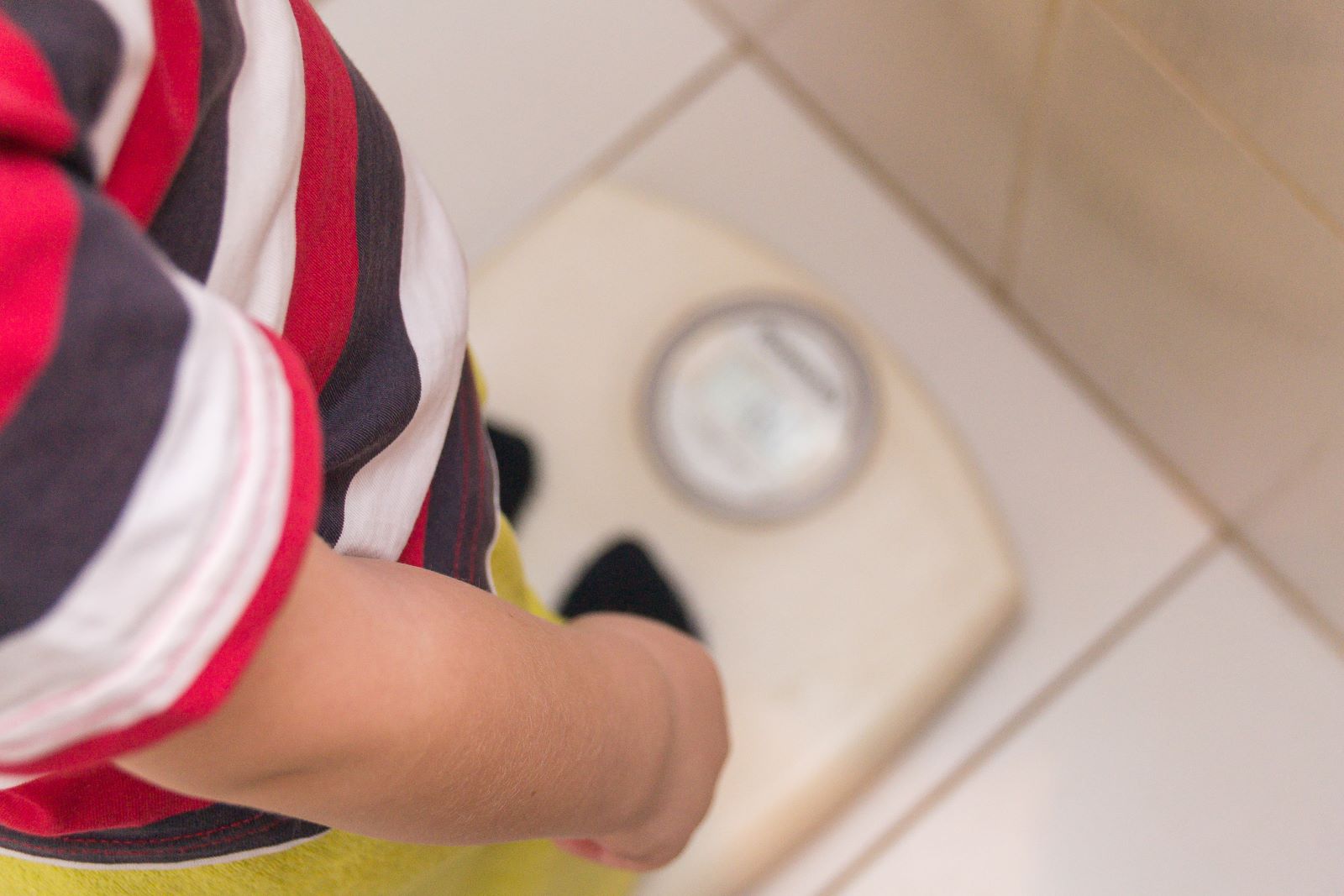America’s Childhood Obesity Epidemic: Time Is Running Out to Act
Childhood obesity is increasing rapidly, leaving parents struggling to find accessible and affordable solutions for their children. Although effective treatments can be scarce, it’s crucial to be aware of all available options.
Childhood Obesity Rates in America

According to the CDC, childhood obesity rates in America have surged from 5% nearly 40 years ago to 20% today. This alarming increase affects around 15 million kids, and the numbers keep rising.
Why Childhood Obesity is Dangerous

Children with obesity face a higher risk of developing serious health issues like diabetes and high blood pressure. They also endure emotional challenges, including bullying and low self-esteem. Furthermore, obese children are more likely to become obese adults, compounding these potential health problems over time.
Importance of Early Intervention

Addressing obesity early can prevent long-term health problems, setting our children up for healthier futures and reducing the chances of them becoming obese adults.
Access to Behavioral Counseling

Experts recommend behavioral counseling, which focuses on lifestyle changes, as an effective method for tackling childhood obesity. Unfortunately, these programs often face long waitlists and insufficient funding.
Insurance Struggles

Parents often struggle to find insurance coverage for obesity treatments. Many plans don’t cover behavioral therapy, leaving families with few options.
Do Behavioral Programs Work?

Experts back behavioral programs for kids since they focus on diet and exercise education. These programs help children form healthy habits early, increasing their chances of maintaining them into adulthood.
Availability of Medications

Weight-loss medications like Wegovy are available, but doctors rarely prescribe them for children. These drugs are usually a last resort when lifestyle changes don’t work.
Medical Safety Concerns

Doctors and experts worry about the long-term health effects of weight-loss drugs on children. Since comprehensive research on these drugs, especially their impact on children, is still lacking, there are many unanswered questions.
Options for Adults

American adults also face high obesity rates but have more treatment options. Medications and bariatric surgery, commonly used for adults, are often not available or suitable for children, leaving them with fewer, less invasive choices.
Role of Schools

Prevention is key, and schools play a crucial role in combating childhood obesity through physical education, healthy meal programs, and lessons on good habits. However, the effectiveness of these programs often hinges on the availability of resources.
Parental Support

Parental support is crucial for successful weight loss in children. Parents can help by promoting healthy eating, creating opportunities for physical activity, and teaching their kids about the importance of good health.
Community Programs

Community programs can be a great support system for families dealing with obesity. These initiatives offer educational activities that teach and promote healthy lifestyles for children and their families.
Incorporating Apps and Technology

The age of technology can be a blessing for weight loss. Fitness apps, online resources, and activity-based video games make it easier for children and families to stay active and motivated.
Seeking Out a Pediatrician

The first step in tackling childhood obesity is consulting a pediatrician. They can identify and manage obesity, providing essential guidance, support, and treatment referrals.
The Role of Nutritionists

For tailored dietary advice, dieticians and nutritionists are invaluable. They help create balanced meal plans, especially for parents who find it challenging to design nutritious meals.
Psychological Support

Obesity isn’t just about physical health; it also impacts mental well-being. Counseling is vital for kids to address emotional issues tied to weight and body image, particularly when bullying is a factor.
Promoting Physical Activity

Regular exercise is key for weight loss and overall health. Fun activity programs for kids can have both immediate and lasting benefits, helping them stay active as they grow.
Government Policies

Government programs can tackle childhood obesity on a bigger scale, mainly through prevention. Promoting healthy food and physical activity in schools is crucial, though often controversial and not always a priority for policymakers.
Understanding Childhood Obesity

More research can lead to better treatments and a deeper understanding of obesity. By investing in research and development, we hope to find more effective and safer options for children.
Creating a Supportive Environment

Children’s habits often reflect those of their families. By embracing healthier routines at home, we create a supportive environment that helps foster better habits in our children, setting them up for a healthier future.
Building Healthy Habits

Sustainable weight loss focuses on long-term habits, not quick fixes. Teaching our children healthy habits early on inspires them, and us, to live healthier lives.
Banned in the USA: 14 Everyday Items We Can’t Have

Ever feel like America’s rulebook was written by someone with a dartboard? Across the pond or down under, things get even wackier. Let’s take a walk on the wild side of global “Do’s” that are definite “Don’ts” in the Land of the Free. Are you ready to find out just how bizarrely different the world can be? Banned in the USA: 14 Everyday Items We Can’t Have
Gone From the Shelves: Why 18 American Staples Vanished

Over the years, various foods that were once staples in American kitchens have been banned or are no longer allowed to be sold due to health, environmental, or ethical reasons. Here’s a list of 18 such items, detailing why they’ve been pulled off the market. Do you remember any of these? Gone From the Shelves: Why 18 American Staples Vanished
Eat & Drink at Your Own Risk: 20 Foods to Keep Away From Your Family

When it comes to food and drinks, not all choices are created equal. Some items on the shelves are so bad for your health that they’re almost legendary. Here’s a list of some of the absolute worst food and drink products—specific brands included—that you might want to avoid at all costs if you care about your nutritional intake. Eat & Drink at Your Own Risk: 20 Foods to Keep Away From Your Family
Featured Image Credit: Shutterstock / Viiviien.
The content of this article is for informational purposes only and does not constitute or replace professional advice.
The images used are for illustrative purposes only and may not represent the actual people or places mentioned in the article.







